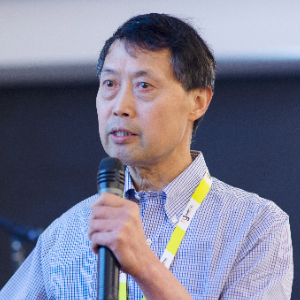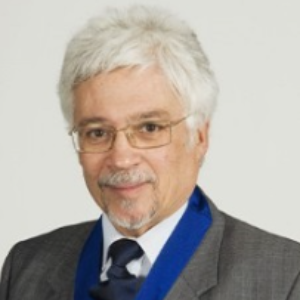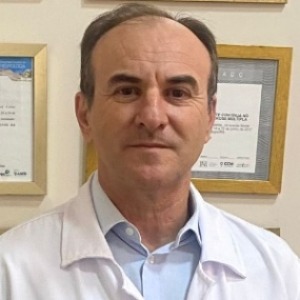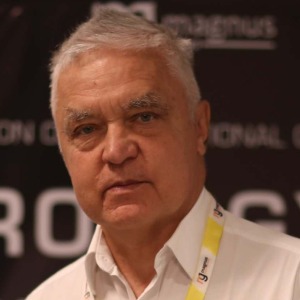Neuroscience Tools
Neuroscience tools have become invaluable for the study of the brain. These tools allow scientists to observe, measure and study the activity of neurons and brain networks in a variety of ways. Neuroscience tools can be divided into three broad categories based on their purpose: observation, analysis, and manipulation. Observation tools allow scientists to monitor the activity of neurons in the brain. These tools can be used to measure electrical and chemical activity in individual cells or networks of cells. The most popular observation tools are electroencephalography (EEG) and functional magnetic resonance imaging (fMRI). EEG allows researchers to measure brain activity over time, while fMRI is used to measure blood flow in specific areas of the brain. Analysis tools are used to interpret the data gathered by observation tools. These tools allow researchers to identify patterns in the activity of neurons and determine how they interact with each other. Popular analysis tools include computerized models of the brain, mathematical algorithms and machine learning. Finally, manipulation techniques allow researchers to modify the activity of neurons in the brain. These tools can be used to stimulate neural activity or to inhibit its activation. Common manipulation tools include optogenetics, transcranial magnetic stimulation (TMS) and electrodes. Optogenetics uses light to target specific neurons and activate or inhibit their activity, while TMS utilizes magnetic fields. Electrical stimulation is used to locally stimulate neurons and can also be used for targeted interventions. Overall, neuroscience tools are a critical part of understanding the brain and its function. Through observation, analysis, and manipulation techniques, researchers can gain insight into the activity of neurons, the structure of neural networks and the communication among them.

Ken Ware
NeuroPhysics Therapy Institute, Australia
Robert B Slocum
University of Kentucky HealthCare, United States
Yong Xiao Wang
Albany Medical College, United States
W S El Masri
Keele University, United Kingdom
Jaqueline Tuppen
COGS Club, United Kingdom
Milton Cesar Rodrigues Medeiros
Hospital Santa Casa de Arapongas, Brazil




Title : Perception and individuality in patient cases identifying the ongoing evolution of Myalgic Encephalomyelitis/Chronic Fatigue Syndrome (ME/CFS)
Ken Ware, NeuroPhysics Therapy Institute, Australia
Title : Narrative medicine: A communication therapy for the communication disorder of Functional Seizures (FS) [also known as Psychogenic Non-Epileptic Seizures (PNES)]
Robert B Slocum, University of Kentucky HealthCare, United States
Title : Rabies: Challenges in taming the beast
Alan C Jackson, University of Calgary, Canada
Title : Neuro sensorium
Luiz Moutinho, University of Suffolk, United Kingdom
Title : Traumatic Spinal Cord Injuries (tSCI) - Are the radiologically based “advances” in the management of the injured spine evidence-based?
W S El Masri, Keele University, United Kingdom
Title : Personalized and Precision Medicine (PPM), as a unique healthcare model through biodesign-driven biotech and biopharma, translational applications, and neurology-related biomarketing to secure human healthcare and biosafety
Sergey Victorovich Suchkov, N.D. Zelinskii Institute for Organic Chemistry of the Russian Academy of Sciences, Russian Federation